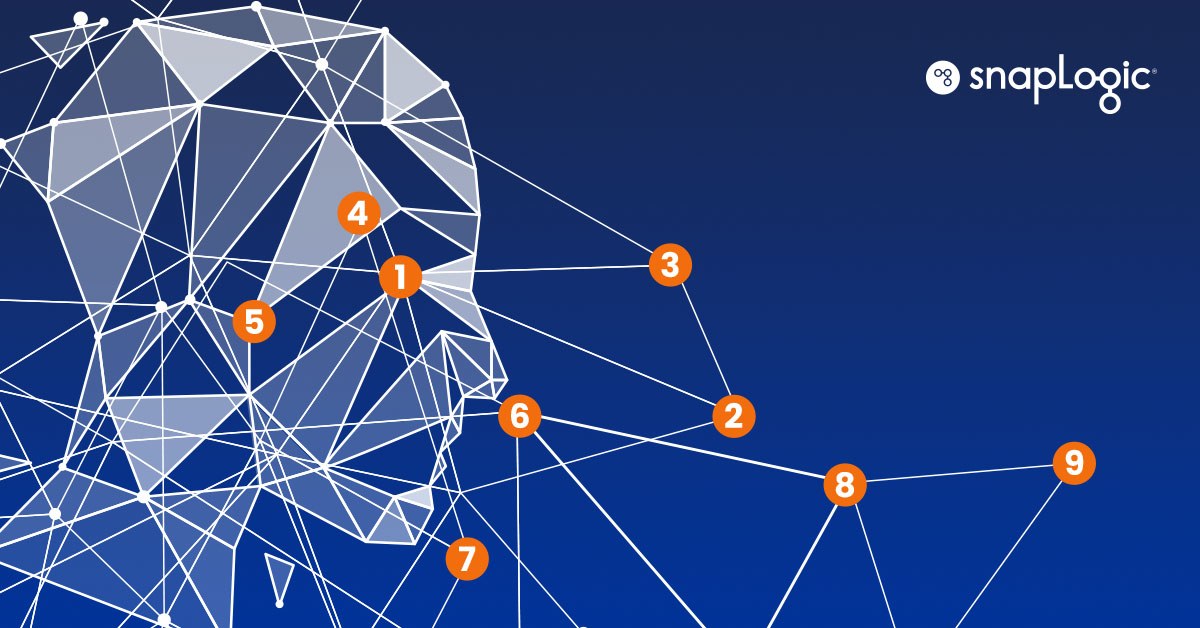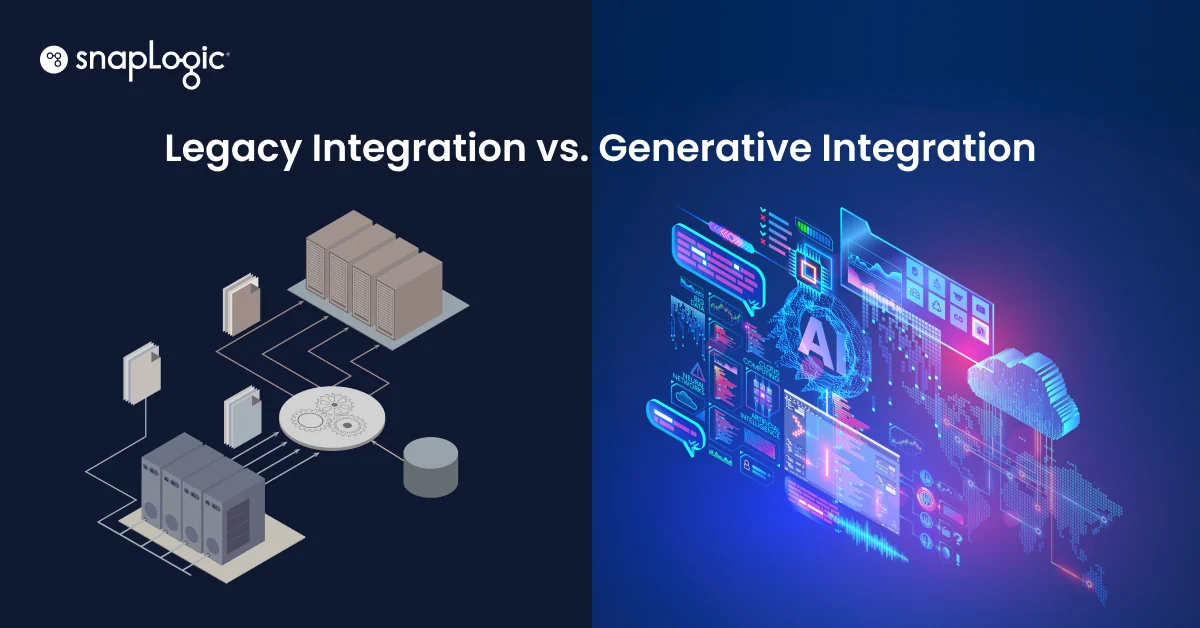We’ve mentioned the effect of an IT backlog on enterprise productivity. But there is a key to tackling this backlog — self-service or citizen development. Generative AI and large language models (LLMs) offer a pathway to managed self-service by enabling citizen developers to create integrations through a ChatGPT-like conversational interface.
However, the rise of citizen development requires proper IT controls. An effective operating model necessitates a center of excellence where IT can establish global policies for integration, while lines of business (LoB) can define department or business unit-level policies. Guidelines should encourage citizen integration between applications and data sources — for which users have access permission.
Over the past decade, data and application integration have been greatly simplified with low-code/no-code approaches, pre-built connectors for commonly accessed applications, and templates for typical use cases.
SnapLogic has taken this further by unifying application and data integration into a single platform, with the capability to leverage generative AI for integration use cases. Let’s take a look.
Webinar on-demand: “Generative AI: Fast Track Your Production Grade Integrations”
Generative AI for integration
Generative AI holds the potential for customers to accelerate integration further by rolling out citizen integration capability more broadly across the enterprise. We envision Gen AI benefiting data and application integration in the following areas:
1. Create integration prototypes
Just as ChatGPT can help ideate a blog post, products like SnapGPT from SnapLogic can assist users in crafting a starting pipeline or workflow for integration.
2. Identify accurate templates for use cases
Most integration vendors offer templates or patterns. Generative AI can more effectively pinpoint the best templates for specific use cases.
3. Generate sample data for testing
Integration creators often painstakingly create sample data to test integrations. Generative AI excels at producing realistic synthetic data for this purpose.
4. Create expressions for data transformation
Integration tools differ in expression language, which can be daunting for citizen developers. Gen AI can translate user intentions into fully formed expressions, simplifying the process.
5. Generate accurate SQL queries for data extraction
Advanced users frequently rely on SQL to extract data from databases. Creating and debugging SQL queries can be time-consuming and expensive. Gen AI can help formulate accurate queries based on user intentions.
6. Simplify data mappings
Different applications often have distinct data structures, making mapping a challenging task. Generative AI can streamline this process by intelligently suggesting mappings based on available metadata.
7. Document integrations
Generative AI can automatically generate clear and concise documentation for integrations, making it easier for colleagues to understand and maintain them.
8. Provide more relevant help
Generative AI can offer more contextually relevant assistance, guiding users through the integration process with personalized support.
9. Create connectors to applications
Vendors typically supply pre-built connectors for widely-used applications. Generative Integration can empower users to generate new connectors on-demand, further expanding the integration possibilities and catering to more specific needs.
Managed self-service, at scale
SnapGPT has enabled several SnapLogic customers to deploy managed self-service at scale, including those who’ve already reported over 2,000 provisioned users.
Generative Integration promises to transform the integration landscape for organizations across industries, by enabling faster, more efficient citizen integration and helping IT clear its ever-growing integration backlog.
Ready to fast-track data and application integration with generative AI? Book a SnapGPT demo to see how.











